Defence Strategic Review key findings
The Indo-Pacific is the most important geo-strategic region in the world. Here’s everything you need to know about the government’s long-awaited defence review.
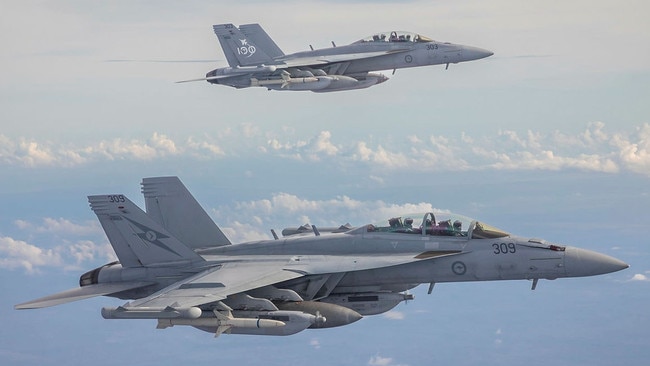
The government’s defence strategic review, released on Monday, has produced the following key points:
STRATEGIC OUTLOOK
● The United States is “no longer the uni-polar leader of the Indo-Pacific.”
● China-US competition is the “defining feature of our region and our time.”
● China’s activities in the South China Sea “threatens the global rules-based order in the Indo-Pacific.”
● China’s military build-up is the “largest and most ambitious of any country since the end of the Second World War.”
● The threat of the use of military force or coercion against Australia “does not require invasion.”
● Reaffirms the ending of the ten year “warning time” for Defence planning. Sets out three new time-periods for Defence planning to ensure a higher state of readiness including:
a) 2023-2025 (for urgent priorities);
b) 2026-2030;
c) 2031 and beyond;
● The Indo-Pacific is the most important geo-strategic region in the world.
● Australia’s regional security outlook is shaped by:
a) Strategic competition between major powers;
b) The use of coercive tactics;
c) The acceleration and expansion of military capabilities;
d) The rapid translation of disruptive technologies into military capability;
e) Nuclear weapons proliferation;
f) The increased risk of miscalculation or misjudgment;
● The risk of nuclear escalation “must be regarded as real.”
● The government will unveil an inaugural National Defence Strategy in 2024 and update it every second year.
Read the Defence Strategic Review
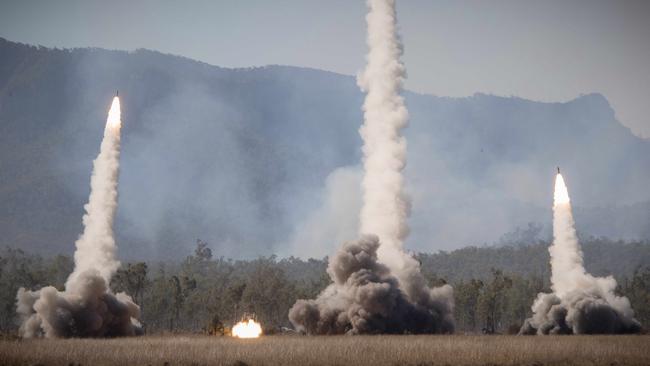
A NEW DEFENCE DOCTRINE: NATIONAL DEFENCE
● National Defence is the use of Australian statecraft to support the “regional balance of power in the Indo-Pacific.”
● It replaces the “Defence of Australia” doctrine that was aimed at deterring and responding to potential low-level threats from a small or middle power in the region.
● It requires the adoption of a “whole-of-government and whole-of-nation approach to our strategic environment.”
● Adopting the National Defence doctrine will be the “most substantial and ambitious approach to Defence recommended to any Australian government since the Second World War.”
● It includes:
a) An “enhanced and expanded alliance with the United States”;
b) A focus on “deterrence through denial, including the ability to hold any adversary at risk”;
c) A new approach to critical defence capabilities and force posture for the ADF;
d) Accelerated military preparedness;
e) Fundamental changes to the Defence recruitment and workforce;
f) An enhanced sovereign defence industrial capacity in key areas;
g) A new approach to “developing advanced military technology”;
● National Defence must sit within a broader “national strategy” to contribute to a regional balance of power that advances Australian interests.
● DFAT should be “appropriately resourced to lead a nationally determined and strategically directed whole-of-government statecraft effort in the Indo-Pacific.”
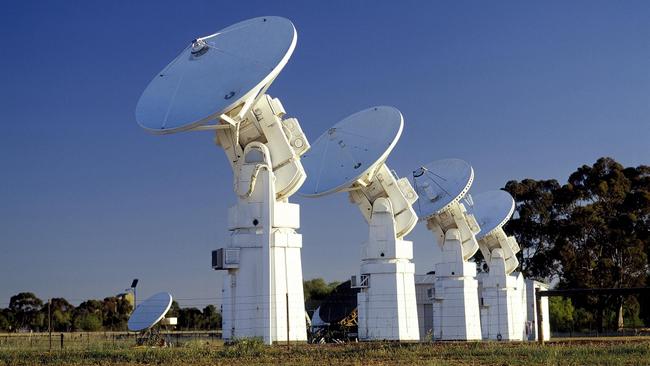
STRATEGIC POSTURE
● Australia’s Defence Force has been retasked to focus on five key objectives, including the ability to:
a) Defend Australia and the immediate region;
b) Deter through denial any adversary’s attempt to project power against Australia through our northern approaches;
c) Protect Australia’s economic connection to our region and the world;
d) Contribute to the collective security of the Indo-Pacific;
e) Contribute to the maintenance of the global rules-based order;

FORCE STRUCTURE
● ADF to operate over five new domains: maritime, land, air, space and cyber.
● The government will immediately reprioritise defence capabilities to:
a) Invest in nuclear powered submarines through AUKUS;
b) Develop the ADF’s ability to strike at targets at longer range;
c) Improve the ADF’s ability to operate from Australia’s northern bases;
d) Translate disruptive new technologies into the ADF’s capability;
e) Invest in the growth and retention of a highly-skilled Defence workforce;
f) Deepen diplomatic and defence partnerships in the Indo-Pacific;
● The ADF will evolve into an Integrated Force to develop key capabilities, including:
a) Undersea warfare capabilities (crewed and uncrewed);
b) An enhanced long-range strike capability in all domains;
c) All-domain maritime capabilities for sea denial operations and localised sea control;
d) All-domain integrated air and missile defence capability;
e) A developed network of northern bases to provide a platform for logistics, support, denial and deterrence;
● Immediate changes will be made to Defence’s spending plan, known as the Integrated Investment Progam (IIP) including rescheduling the delivery, reducing and divesting programs no longer suited for the strategic environment.

MARITIME DOMAIN PRIORITIES
● The acquisition of nuclear powered submarines.
● An enhanced lethality surface combatant fleet.
● An enhanced capability in long-range strike, air defence and anti-submarine warfare.
● It recommends an independent analysis of Navy’s surface combatant fleet.
LAND DOMAIN PRIORITIES
● Army to be transformed for littoral manoeuvre operations by sea, land and air from Australia.
● An enhanced domestic security role, with Army Reserve brigades to provide security to the northern base network.
● Army’s combat brigades must re-retooled and select capabilities postured in Northern Australia.
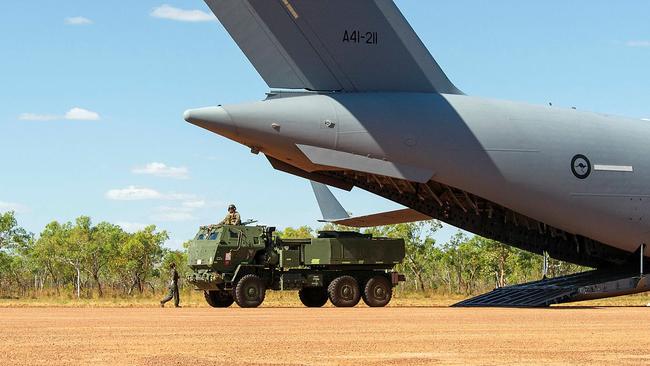
AIR DOMAIN PRIORITIES
● Airforce must be able to maintain:
a) A network of northern air bases with appropriate hardening and dispersal.
b) Crewed and autonomous systems capable of air defence.
c) Strike capability.
d) Intelligence, surveillance and reconnaissance.
e) Anti-submarine warfare.
f) Command and control for air and missile defence.
g) Air-to-air refuelling.
SOME KEY RECOMMENDATIONS OF THE DSR
● Adoption of the doctrine of National Defence.
● Defence spending (through the Integrated Investment Program) to be realigned.
● Defence Funding to be increased to meet more challenging strategic circumstances.
● Defence to move away from White Papers to produce a National Defence Strategy every second year.
● An east coast facility to be established for Australia’s future submarine capability.
● Infrastructure development to commence immediately at the Osborne shipyard in SA to “enable the nuclear-powered submarine pathway.”
● Infrastructure development to commence immediately at HMAS Stirling in WA to enable the support and maintenance of nuclear powered submarines.
● Land 400 -- the land combat vehicle system acquisition -- to be reduced to 129 vehicles.
● A second regiment of Army self-propelled howitzers to be immediately cancelled.
● An independent analysis of the Navy’s surface combatant fleet capability to be conducted later this year.
● An audit of Defence estate and infrastructure to be completed by the end of 2023.
● A new fuel-council to be established to deliver a more resilient national fuel supply.
● A framework to be developed for managing operations in the cyber domain.
● A senior officer to be given sole responsibility for leading the Guided Weapons and Explosive Ordnance Enterprise.
● Options should be examined to change Defence’s recruitment framework.
● A comprehensive review of the ADF reserves to be conducted by 2025.
● Defence should accelerate its transition to clean energy to increase national resilience, with a plan to be presented to government by 2025
● Australian industry content and domestic production should be balanced against timely capability acquisition




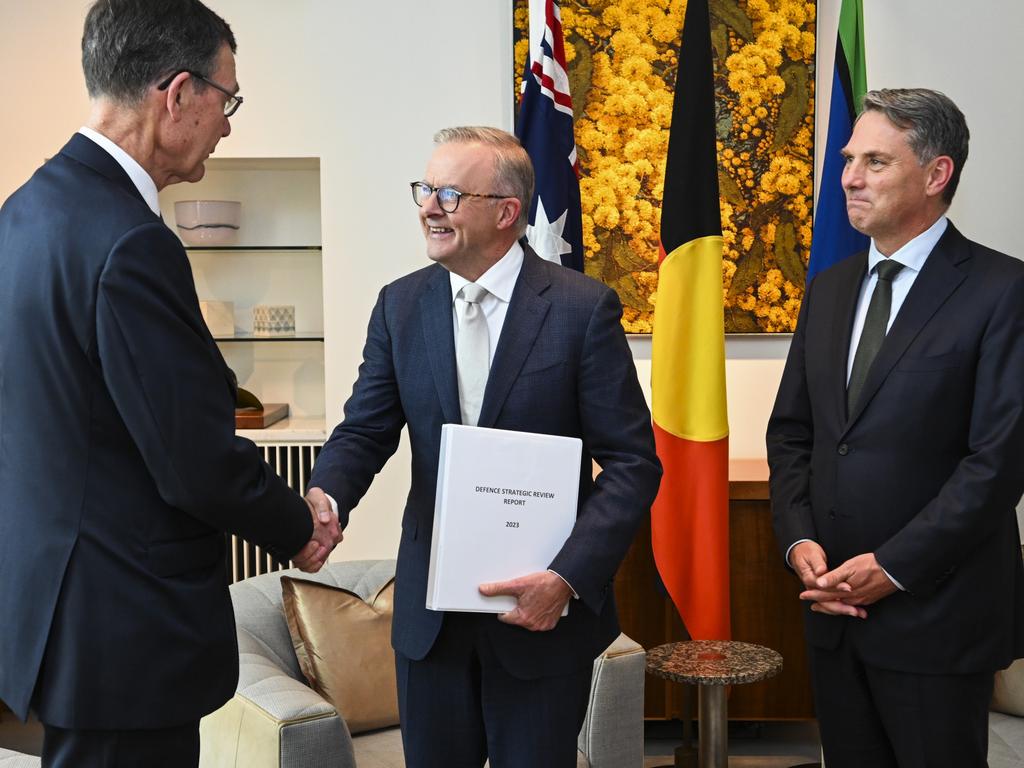

To join the conversation, please log in. Don't have an account? Register
Join the conversation, you are commenting as Logout